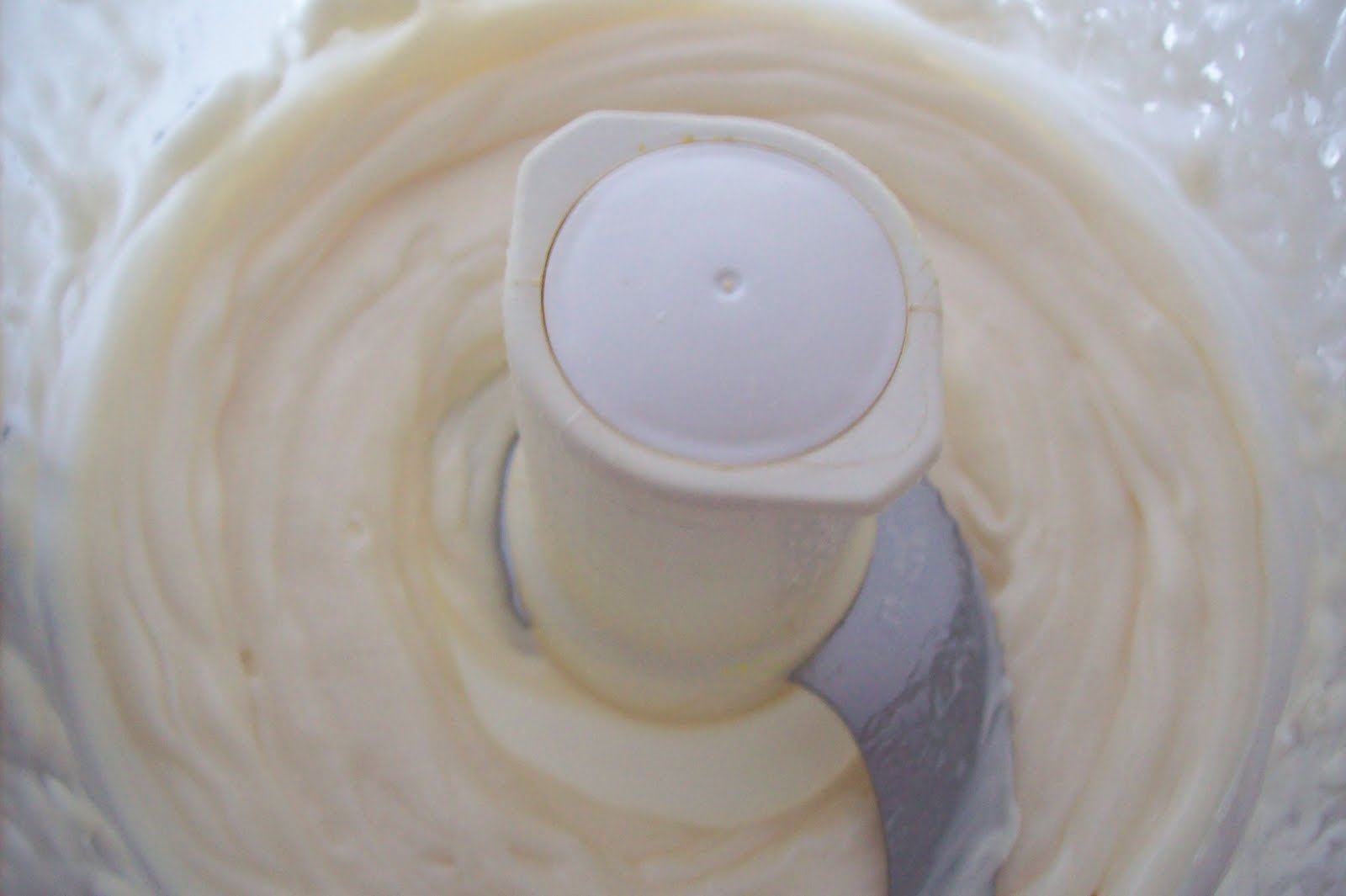

Articles
How To Make Mayonnaise In A Food Processor
Modified: August 16, 2024
Learn how to make homemade mayonnaise easily using a food processor in this informative article. Discover the step-by-step process and impress your guests with your culinary skills.
(Many of the links in this article redirect to a specific reviewed product. Your purchase of these products through affiliate links helps to generate commission for Storables.com, at no extra cost. Learn more)
Introduction
Welcome to the wonderful world of homemade mayonnaise! If you’ve ever tasted the rich, creamy, and velvety texture of fresh mayonnaise, you’ll understand why it is a game-changer for any culinary enthusiast. Making mayonnaise from scratch might seem intimidating at first, but fear not! With a food processor and a few simple ingredients, you can whip up a batch of delicious mayonnaise in no time.
In this article, we will guide you through the step-by-step process of making mayonnaise using a food processor. From gathering the ingredients to achieving the perfect consistency, we’ve got you covered. So, let’s dive in and discover how you can create your own homemade mayonnaise that will elevate your sandwiches, salads, and dips to a whole new level of deliciousness.
Key Takeaways:
- Elevate your culinary creations with homemade mayonnaise made in a food processor. Control the flavor, avoid additives, and enjoy the rich, velvety texture in your sandwiches, salads, and dips.
- Master the art of making mayonnaise by gradually adding oil while blending in a food processor. Customize flavors, store properly, and savor the satisfaction of creating your own delicious mayo from scratch.
Read more: How To Make Garlic Paste In Food Processor
Ingredients
To make mayonnaise in a food processor, you will need the following ingredients:
- 1 egg yolk
- 1 tablespoon Dijon mustard
- 1 cup vegetable oil
- 1 tablespoon lemon juice
- Salt, to taste
- Pepper, to taste
The key to a flavorful mayonnaise is using high-quality ingredients. Opt for fresh eggs and a good-quality mustard to enhance the taste of your homemade mayo. As for the oil, you can choose vegetable oil, canola oil, or even light olive oil depending on your preference.
Remember, these measurements are just a guideline. Feel free to adjust the quantities based on your personal taste.
Equipment Needed
To make mayonnaise in a food processor, you will need the following equipment:
- Food processor: A food processor is an essential tool for making mayonnaise. It will help emulsify the ingredients and create a smooth and creamy texture.
- Measuring spoons: You will need measuring spoons to accurately measure the ingredients.
- Spatula: A spatula will come in handy for scraping down the sides of the food processor and ensuring that all the ingredients are fully incorporated.
- Storage container: Once your mayonnaise is ready, you will need a container to store it in the refrigerator. Opt for a jar or airtight container that is clean and dry.
Ensure that all the equipment is clean and dry before starting the process to avoid any contamination.
Now that you have all the necessary ingredients and equipment ready, let’s move on to the step-by-step process of making mayonnaise in a food processor.
Step 1: Prepare the Ingredients
Before you begin making mayonnaise in a food processor, it’s important to have all your ingredients prepared and ready to go. This will make the process smoother and ensure that you don’t miss any crucial steps. Here’s what you need to do:
- Gather the ingredients: Collect the egg yolk, Dijon mustard, vegetable oil, lemon juice, salt, and pepper.
- Separate the egg yolk: Carefully separate the egg yolk from the egg white, making sure no traces of egg white are mixed in. The egg yolk is the essential component that will help emulsify the mayo.
- Measure the ingredients: Using measuring spoons, measure one tablespoon of Dijon mustard, one cup of vegetable oil, and one tablespoon of lemon juice.
- Squeeze the lemon juice: Cut a fresh lemon in half and squeeze out the juice. This will provide a tangy flavor to the mayonnaise.
- Get the salt and pepper ready: Prepare your preferred amounts of salt and pepper for seasoning. You can adjust the quantities later based on your taste preferences.
Once you have prepared all the ingredients, it’s time to move on to the next step of making mayonnaise in a food processor. Get ready to blend up a creamy and delicious homemade mayo!
Step 2: Add the Egg Yolk and Mustard
Now that you have prepared the ingredients, it’s time to start building the base of your mayonnaise. In this step, you will add the egg yolk and Dijon mustard to the food processor. Here’s what you need to do:
- Place the egg yolk: Open the lid of your food processor and carefully place the egg yolk in the bowl.
- Add the Dijon mustard: Measure one tablespoon of Dijon mustard and add it to the food processor with the egg yolk.
The egg yolk acts as an emulsifying agent and will help bind the ingredients together. The Dijon mustard brings a tangy and slightly spicy flavor that elevates the taste of the mayonnaise.
Once you have added the egg yolk and mustard, it’s time to move on to the next step and blend the ingredients together in the food processor.
Read more: How To Make Pesto Without A Food Processor
Step 3: Blend the Ingredients
With the egg yolk and Dijon mustard in the food processor, it’s time to blend the ingredients together. This step is crucial for creating a smooth and creamy texture for your homemade mayonnaise. Here’s what you need to do:
- Secure the lid: Make sure the lid of your food processor is securely in place to prevent any spills or splatters.
- Start the food processor: Turn on the food processor and let the egg yolk and mustard blend together on a low speed.
- Blend until creamy: Allow the ingredients to blend for a few seconds until they are well combined and a creamy texture starts to form.
- Stop and scrape the sides: Pause the food processor and use a spatula to scrape down the sides of the bowl. This will ensure that all the ingredients are evenly incorporated.
- Continue blending: Resume blending the ingredients in the food processor, starting on a low speed and gradually increasing the speed.
- Blend until smooth: Keep blending until the mixture becomes smooth and homogeneous, with no visible chunks of egg yolk or mustard.
Blending the egg yolk and mustard is the first step in creating the emulsion that gives mayonnaise its creamy consistency. Make sure to scrape down the sides of the bowl to ensure that all the ingredients are well mixed.
Now that you have blended the egg yolk and mustard, it’s time to move on to the next step and gradually add the oil to the mixture.
When making mayonnaise in a food processor, make sure all ingredients are at room temperature to help the emulsion process and prevent the mayo from splitting.
Step 4: Gradually Add the Oil
Now that you have a creamy base of egg yolk and mustard, it’s time to gradually add the oil to the mixture. This step is crucial for achieving the desired consistency and texture of your mayonnaise. Here’s what you need to do:
- Keep the food processor running: With the egg yolk and mustard mixture blending in the food processor, keep the machine running on a medium speed.
- Add the oil slowly: Start pouring the oil into the food processor in a slow and steady stream. Aim for a thin and consistent flow to ensure proper emulsification.
- Monitor the consistency: As you pour the oil, keep an eye on the consistency of the mixture. You will start to notice the emulsion forming and the mixture thickening.
The key here is to add the oil gradually, allowing the emulsion to build slowly. This will prevent the mayo from breaking or becoming too thin. Slowly incorporating the oil ensures a smooth and stable texture.
Continue adding the oil until you have poured in the entire cup, and the mixture has thickened to the desired consistency. Be patient and take your time with this step. It’s better to add the oil slowly and achieve the perfect mayo consistency.
Now that you have added the oil, it’s time to move on to the next step and continue blending the ingredients to perfect your homemade mayo.
Step 5: Continue Blending
With the oil gradually incorporated into the mixture, it’s time to continue blending the ingredients to further enhance the texture and flavor of your mayonnaise. Here’s what you need to do:
- Keep the food processor running: Ensure that the food processor is still running on a medium speed.
- Blend until thick and creamy: Continue blending the ingredients for a few more minutes until the mayonnaise reaches a thick and creamy consistency.
- Check for any oil separation: Pause the food processor and check for any signs of oil separation. If you notice any, use a spatula to scrape down the sides of the bowl and blend again to ensure proper emulsification.
Blending the mayonnaise for a sufficient amount of time helps to incorporate air into the mixture, giving it a fluffy and light texture. It also helps in fully emulsifying the oil with the other ingredients, resulting in a smooth and creamy mayo.
Remember, patience is key in this step. Take your time to blend the ingredients until you achieve the desired consistency. If needed, make adjustments by scraping down the sides of the bowl and blending again to ensure a cohesive mixture.
Now that your mayonnaise is well blended and creamy, it’s time to move on to the next step and adjust the seasoning to your taste.
Step 6: Adjust Seasoning
Now that you have a creamy and well-blended mayonnaise, it’s time to add the final touch by adjusting the seasoning. Seasoning plays a crucial role in enhancing the flavor profile of your homemade mayo. Here’s what you need to do:
- Pause the food processor: Turn off the food processor and remove the lid.
- Taste and assess: Using a clean spoon, take a small amount of the mayonnaise and taste it. Evaluate the flavors and determine if any adjustments need to be made.
- Salt and pepper: Depending on your taste preferences, add salt and pepper to the mayonnaise gradually. Start with a small amount and taste after each addition until you achieve the desired balance of flavors.
- Lemon juice: If you want a tangier mayo, you can add additional lemon juice in small increments. Remember to taste after each addition to make sure it suits your taste.
Adjusting the seasoning allows you to customize the mayo to your liking. Keep in mind that the flavors will blend and develop over time, so it’s better to start with a conservative amount of seasoning and add more if needed.
Once you are satisfied with the seasoning, it’s time to move on to the final step of storing and serving your homemade mayonnaise.
Read more: How To Make Salsa In Food Processor
Step 7: Store and Serve
Congratulations! You have successfully made your own homemade mayonnaise using a food processor. Now it’s time to store and enjoy your delicious creation. Here’s what you need to do:
- Transfer the mayo: Using a spatula or spoon, transfer the freshly made mayonnaise from the food processor into a clean and dry storage container. Make sure the container has an airtight seal to maintain the freshness and prevent any absorption of odors from the refrigerator.
- Label and date: To avoid confusion, label the container with the date of preparation. Homemade mayo typically stays fresh for about a week when stored properly in the refrigerator.
- Refrigerate: Place the container in the refrigerator and allow the mayonnaise to chill and set for at least 1 hour before using. This will help the flavors meld together and the consistency to slightly thicken.
- Serve and enjoy: Once chilled, your homemade mayonnaise is ready to be enjoyed! Use it as a spread for sandwiches, as a creamy dip for fries or veggies, or incorporate it into your favorite salad dressings and sauces.
Remember to always use clean utensils when scooping out the mayo to avoid introducing any contaminants. If stored and handled properly, your homemade mayonnaise should maintain its quality for a week.
Feel free to experiment with additional flavors such as garlic, herbs, or spices to customize your mayo even further. The possibilities are endless!
Now that you know how to make mayonnaise in a food processor, you can confidently say goodbye to store-bought versions and enjoy the satisfaction of homemade goodness. So go ahead, whip up a batch, and elevate your culinary creations with your very own creamy and flavorful homemade mayo.
Conclusion
Congratulations on mastering the art of making mayonnaise in a food processor! By following these simple steps, you can now enjoy the creamy, flavorful goodness of homemade mayo whenever you desire. Making your own mayo gives you control over the ingredients, allowing you to create a personalized flavor profile and avoid unnecessary additives.
Remember, the key to a successful homemade mayo lies in the gradual addition of oil while blending the ingredients together. Take your time, be patient, and make adjustments along the way to achieve the desired texture and taste.
Homemade mayonnaise can elevate your sandwiches, salads, and dips to a whole new level. Its rich and velvety texture adds depth to any dish, making it a must-have condiment in your culinary repertoire.
Don’t be afraid to experiment with different flavor variations by adding spices, herbs, or even roasted garlic to your mayo. You can customize it to suit your taste preferences and impress your guests with unique and delectable creations.
Always remember to store your homemade mayonnaise in a clean, airtight container in the refrigerator to maintain its freshness and quality. Proper storage will ensure that you can enjoy your homemade mayo for up to a week.
Now that you have learned how to make mayonnaise in a food processor, seize the opportunity to unleash your creativity in the kitchen. Give it a try, have fun, and savor the satisfaction of creating your own delicious mayo from scratch!
Frequently Asked Questions about How To Make Mayonnaise In A Food Processor
Was this page helpful?
At Storables.com, we guarantee accurate and reliable information. Our content, validated by Expert Board Contributors, is crafted following stringent Editorial Policies. We're committed to providing you with well-researched, expert-backed insights for all your informational needs.
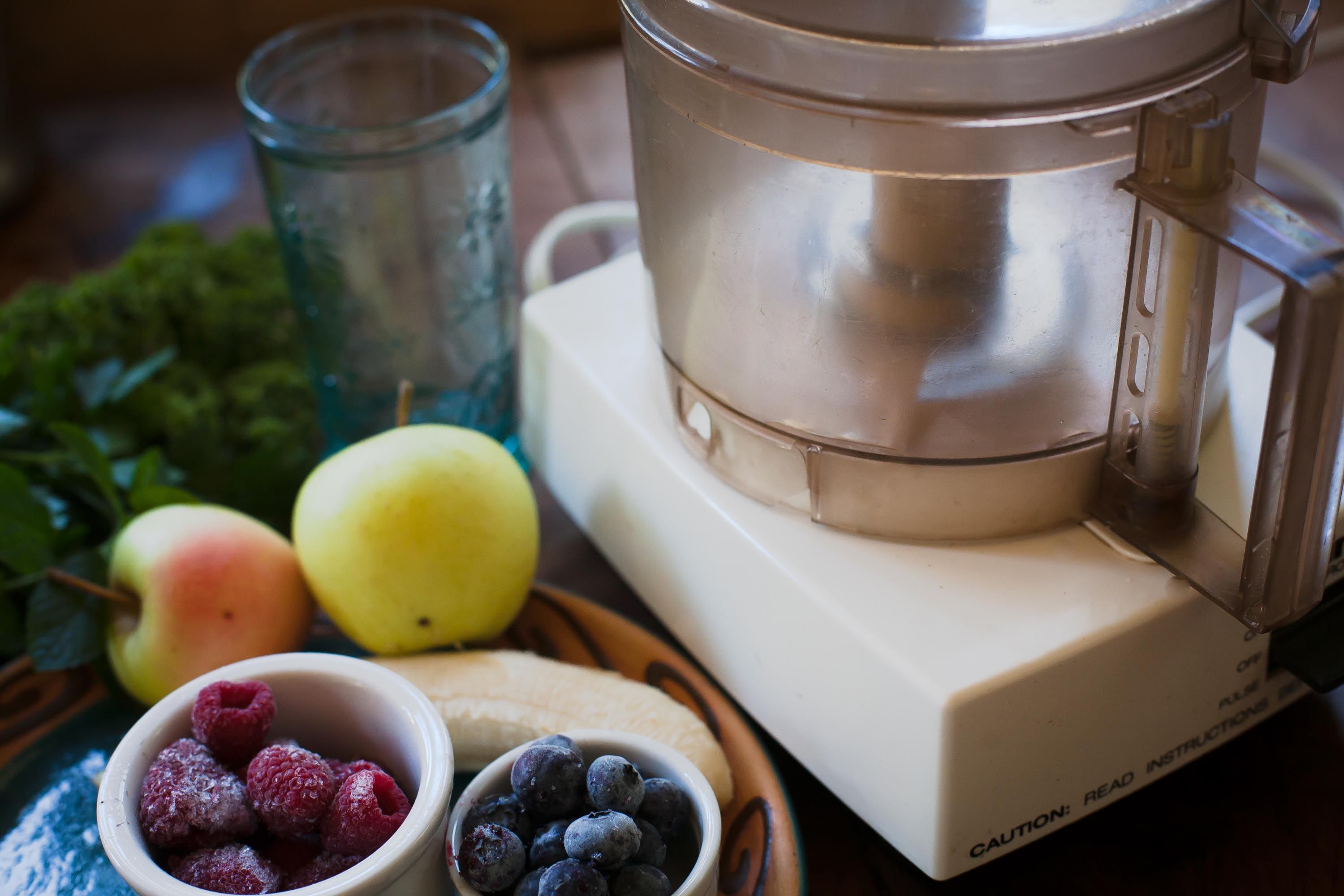
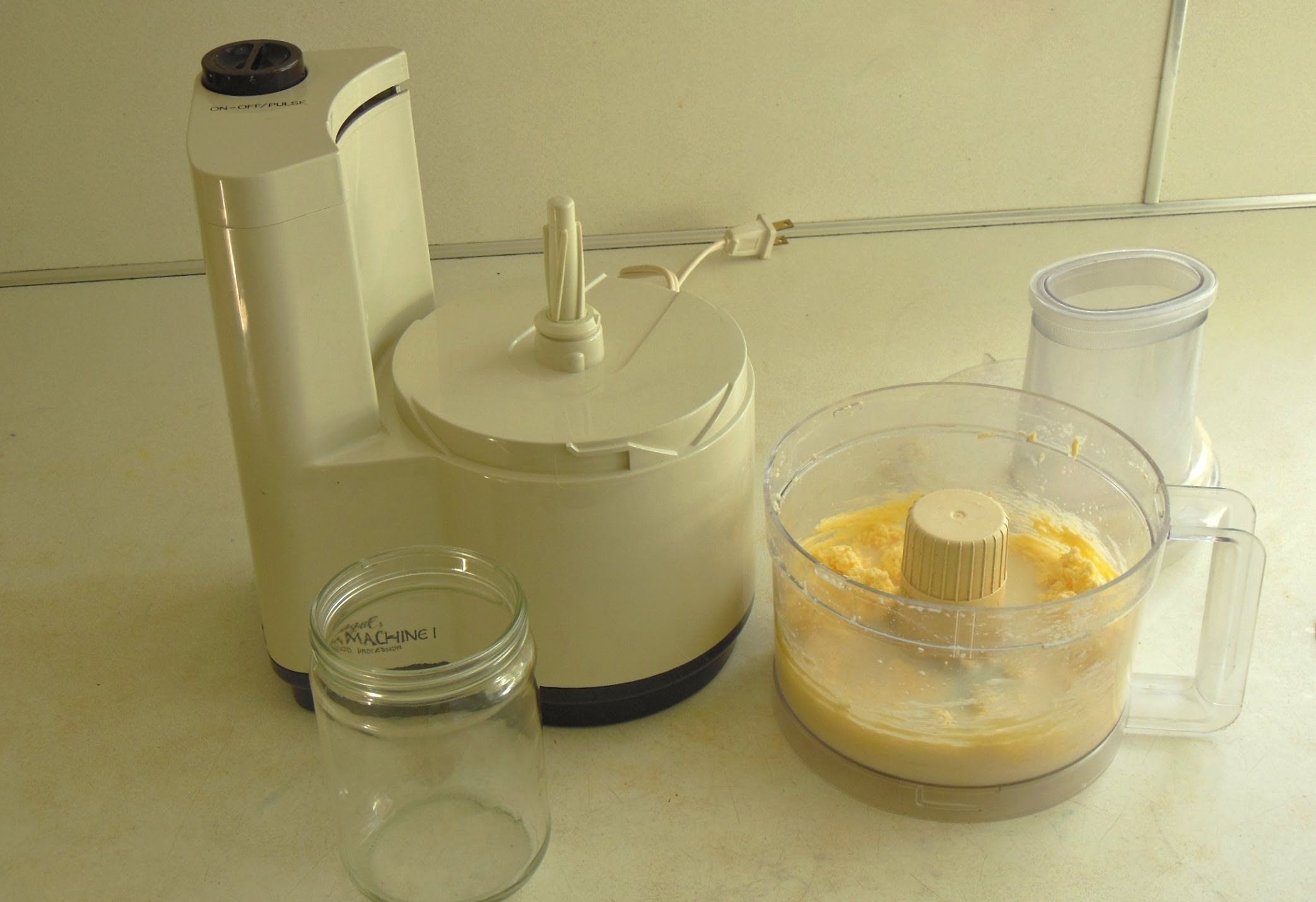
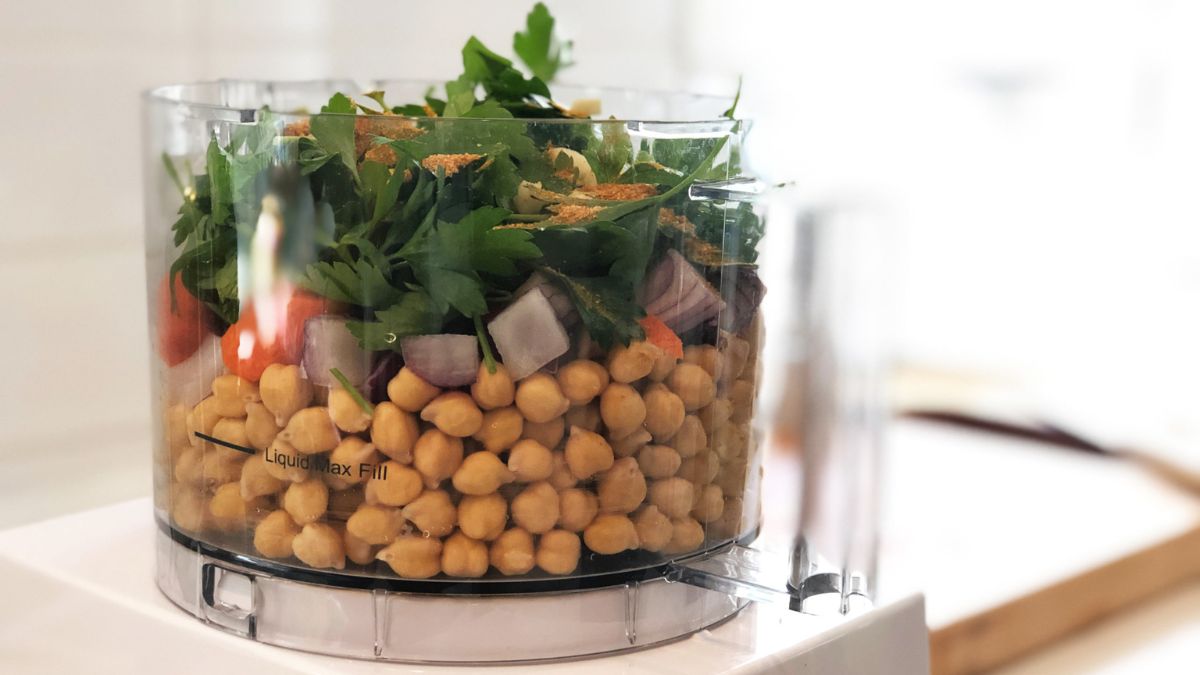
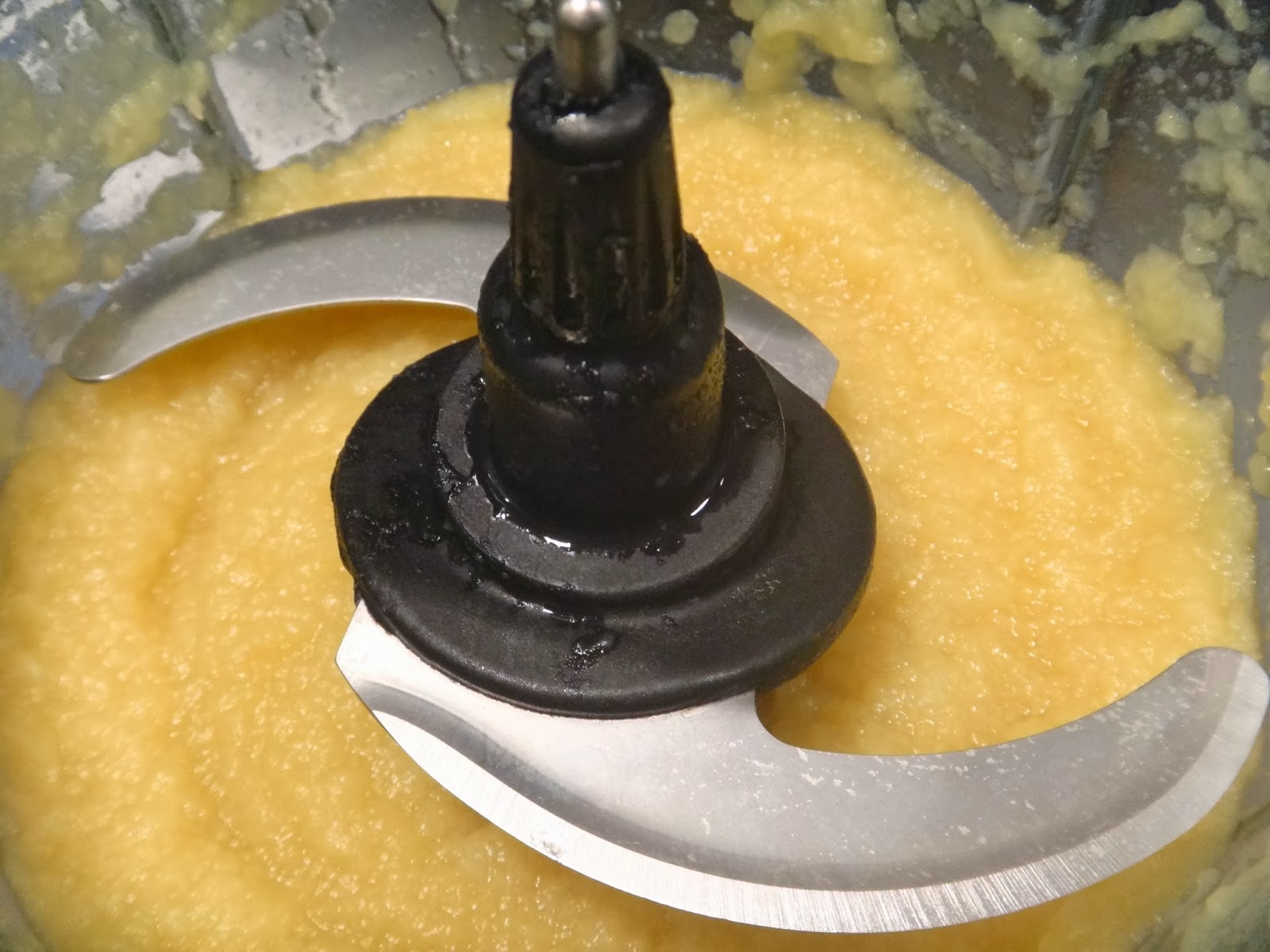

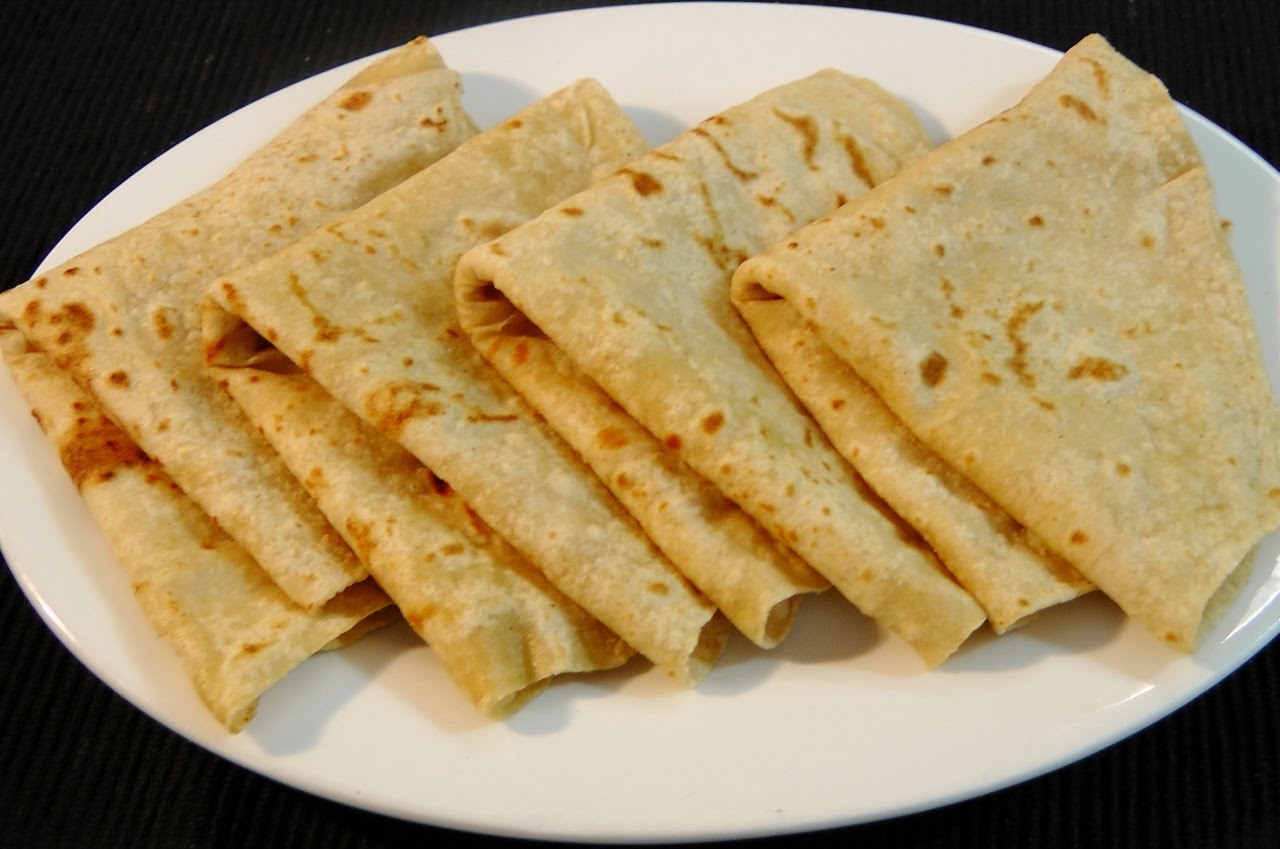
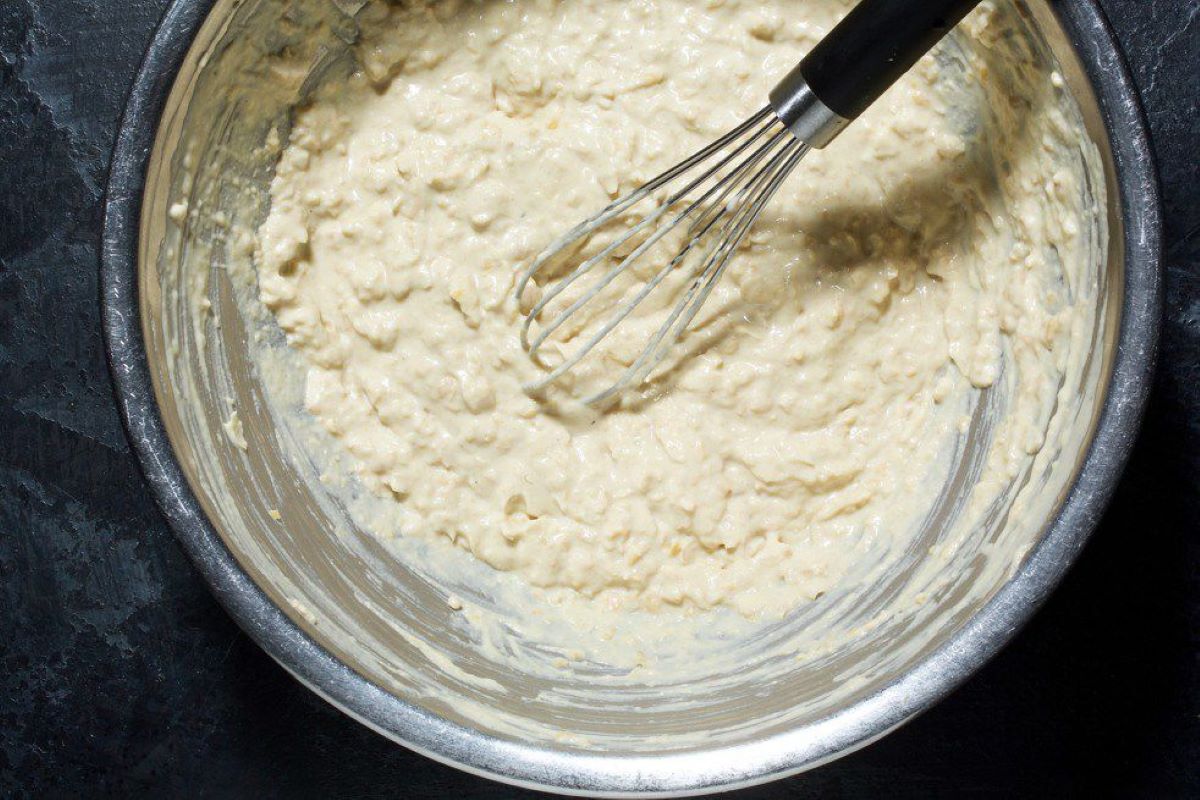
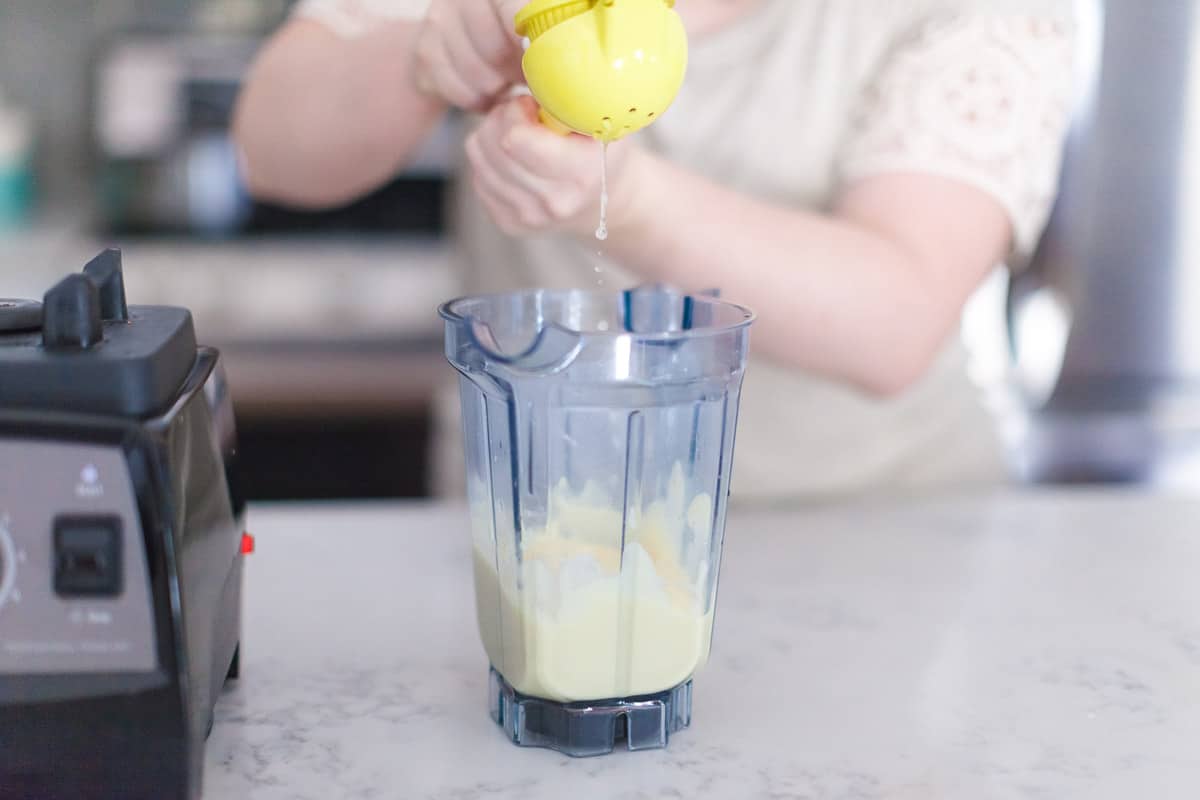
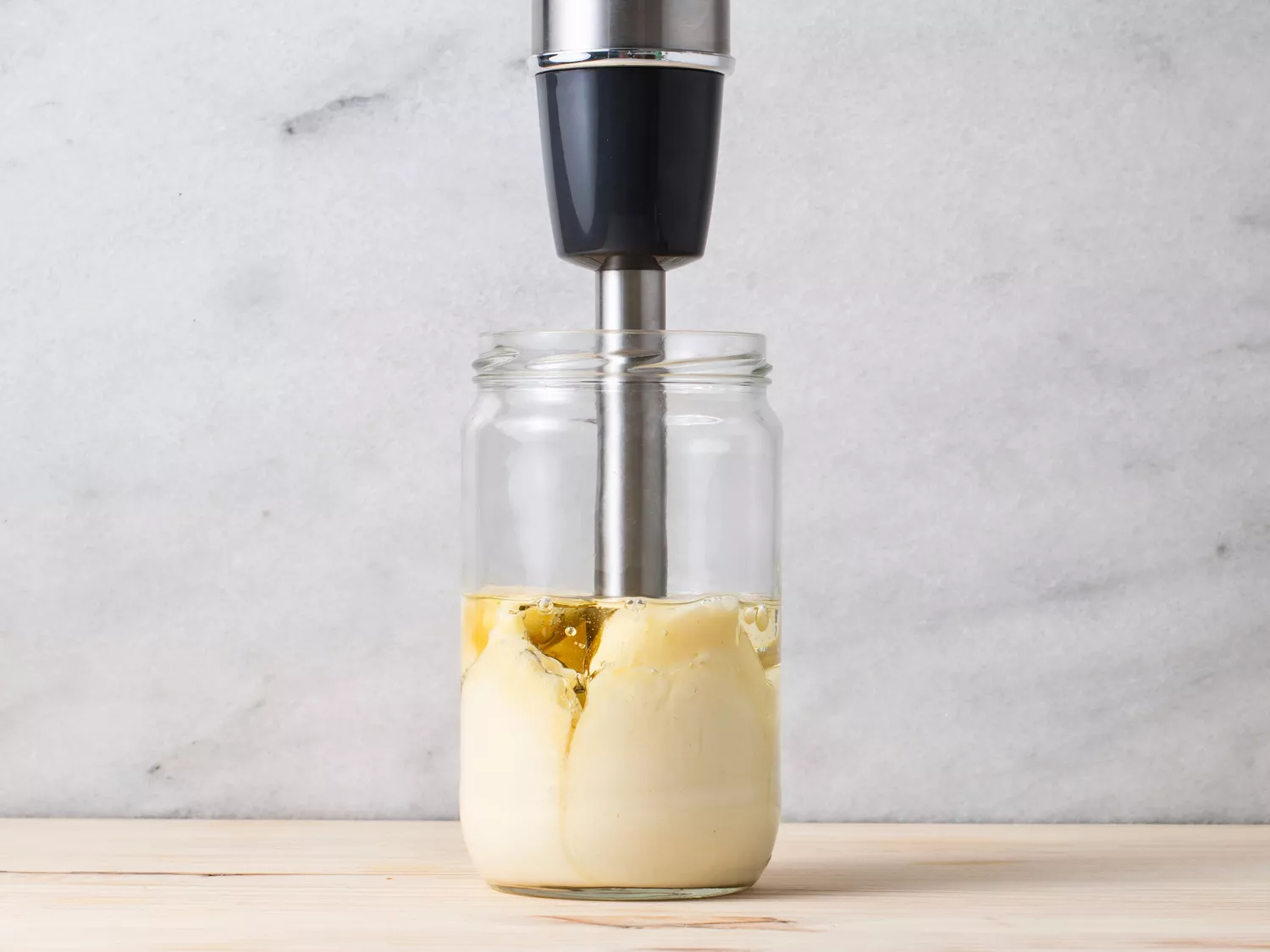
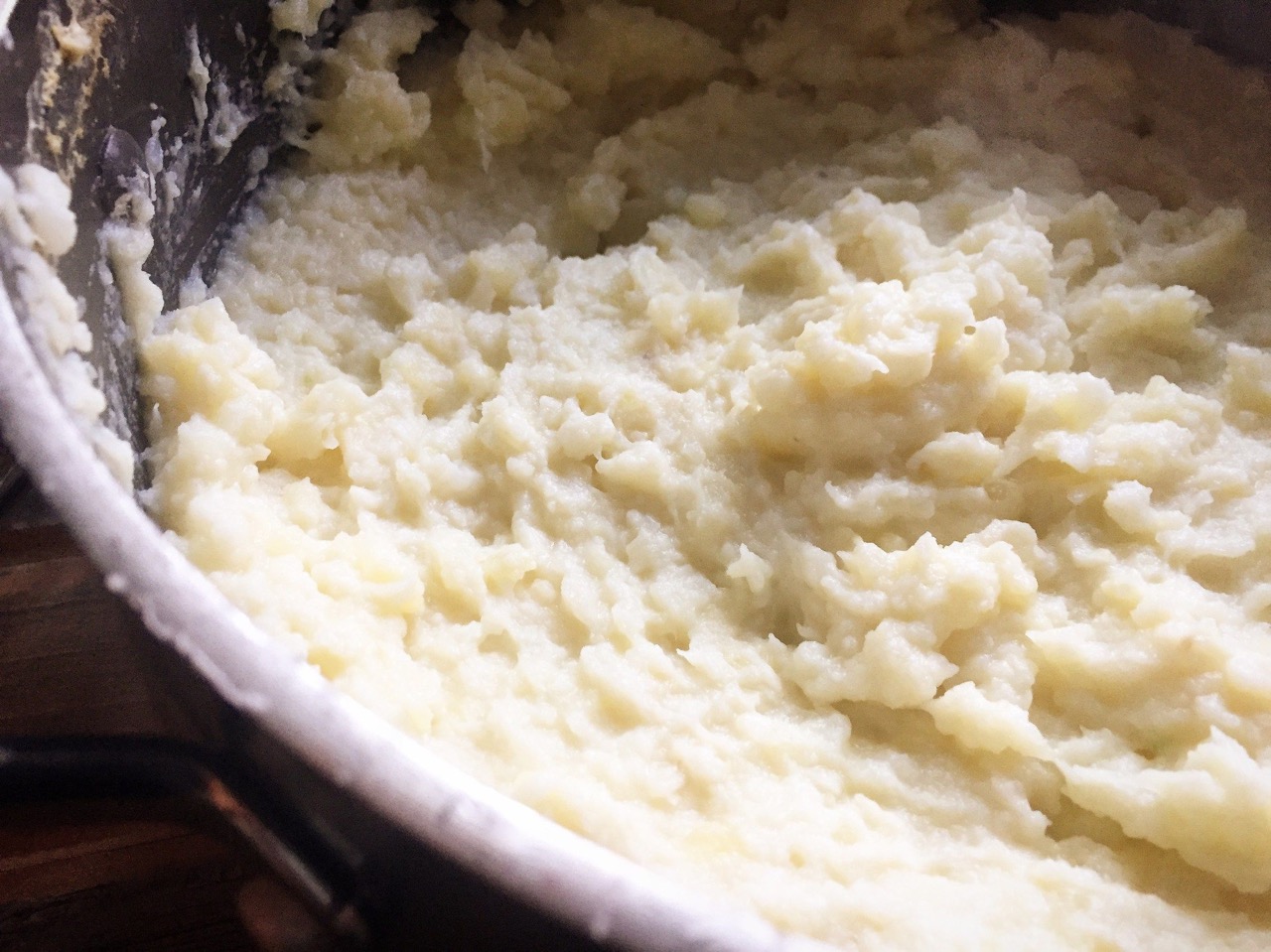
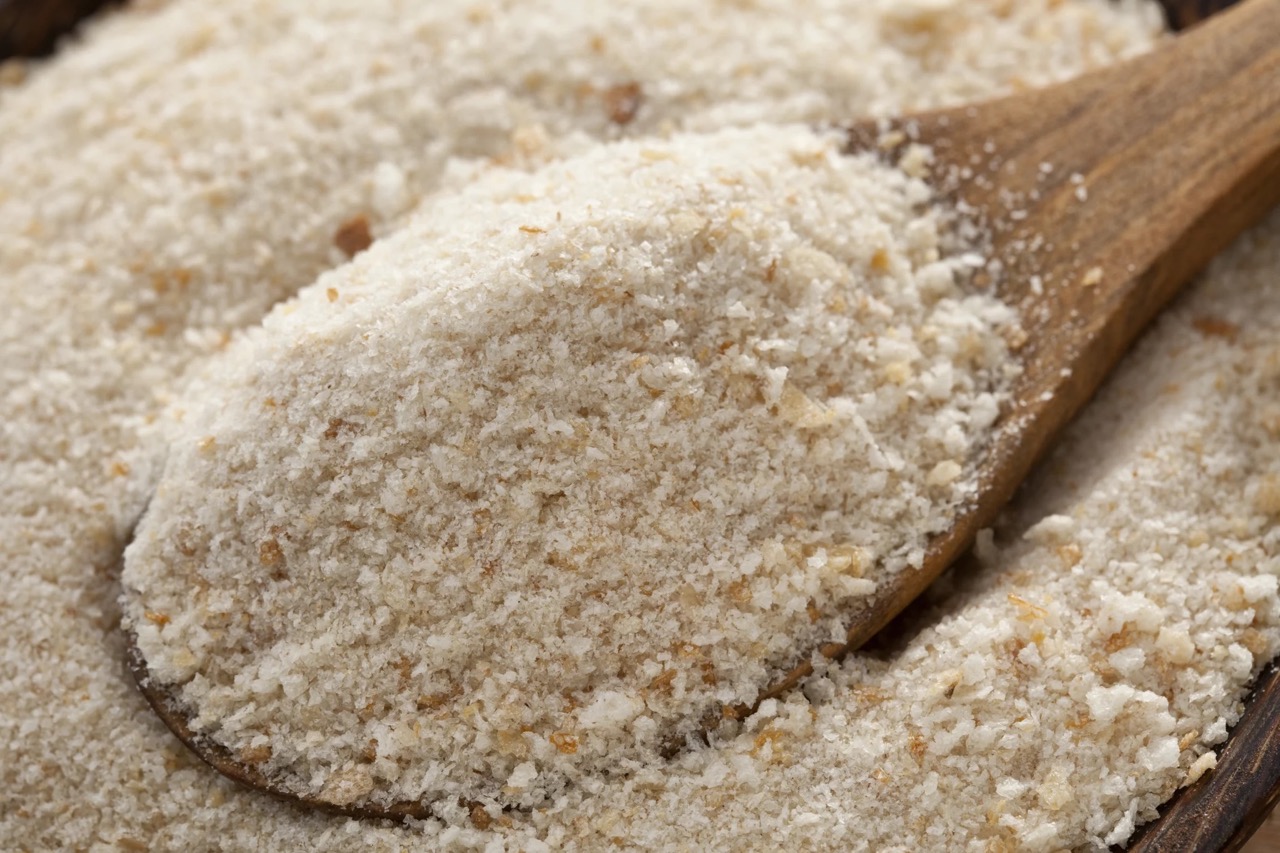
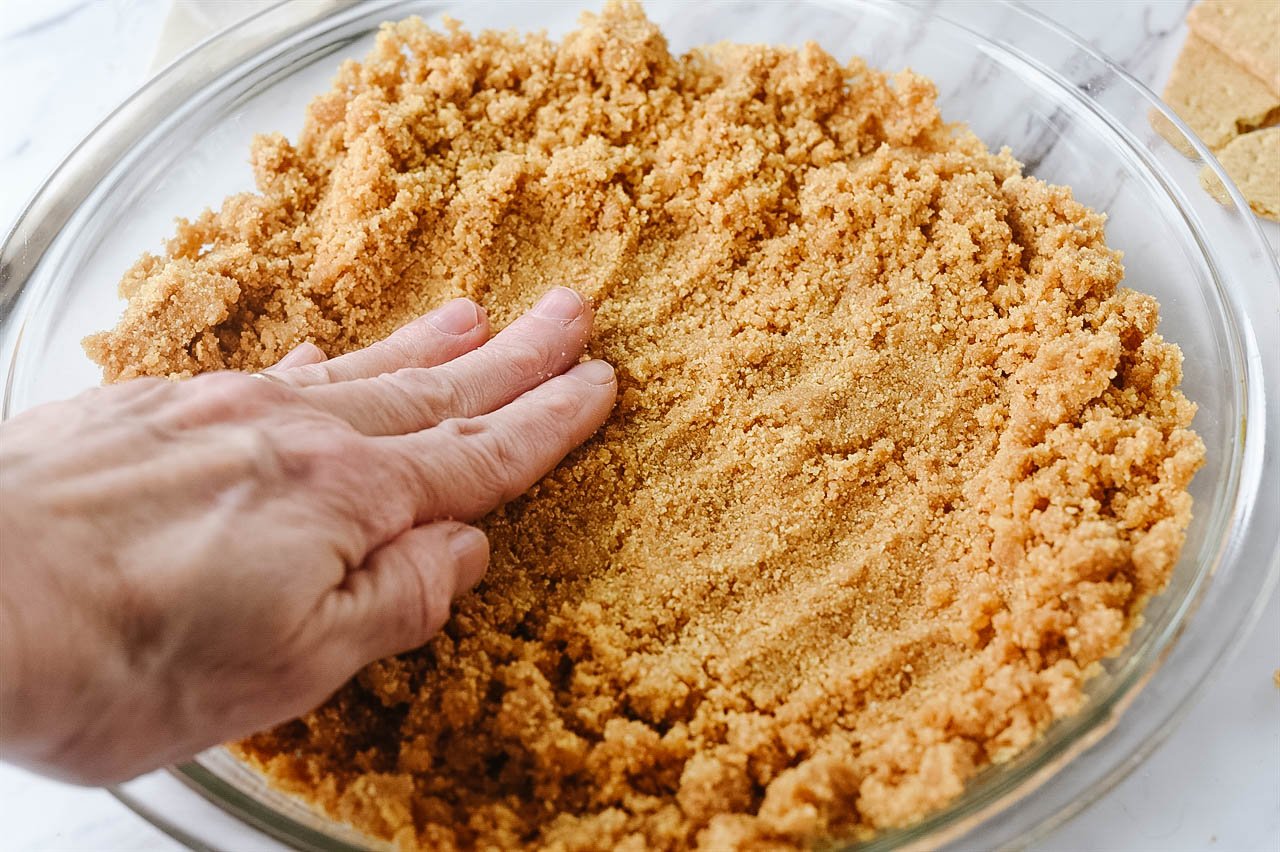
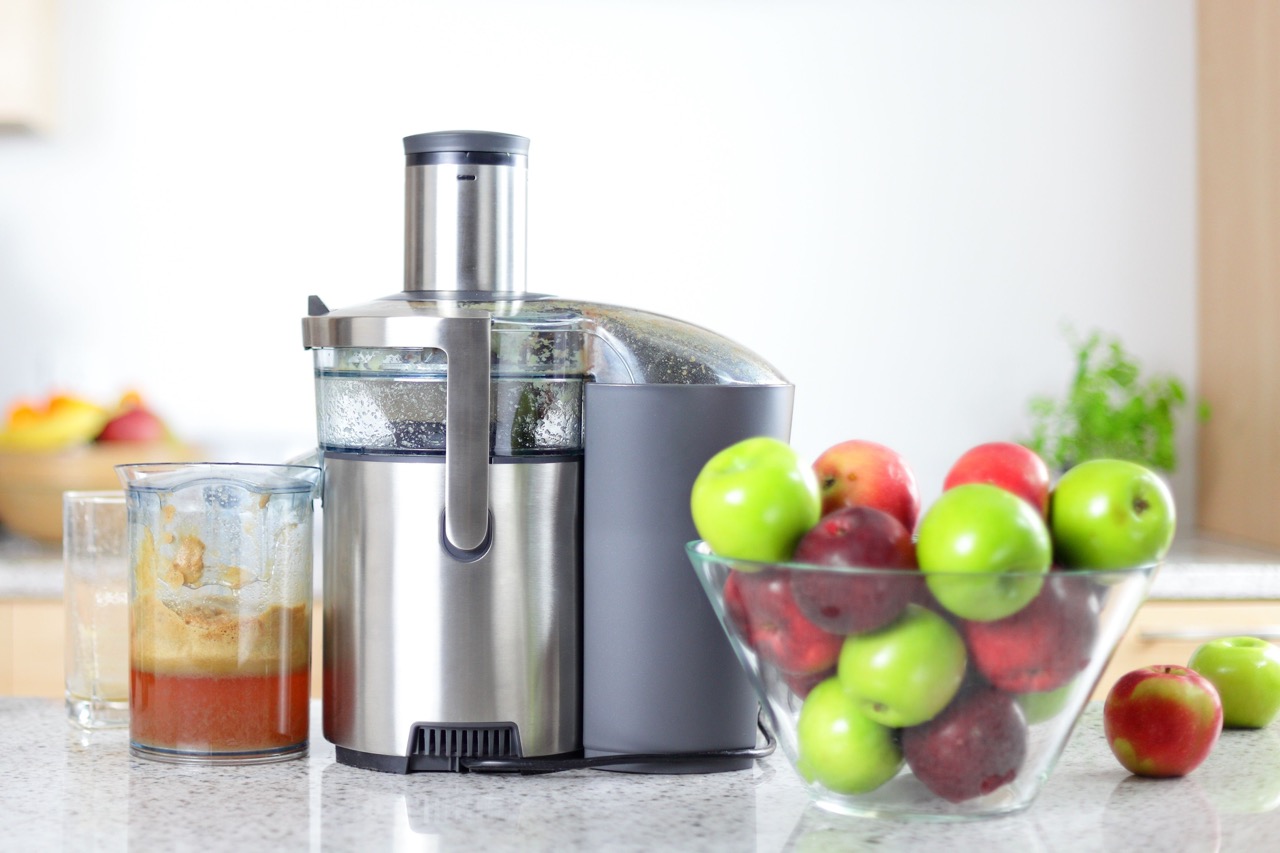

0 thoughts on “How To Make Mayonnaise In A Food Processor”